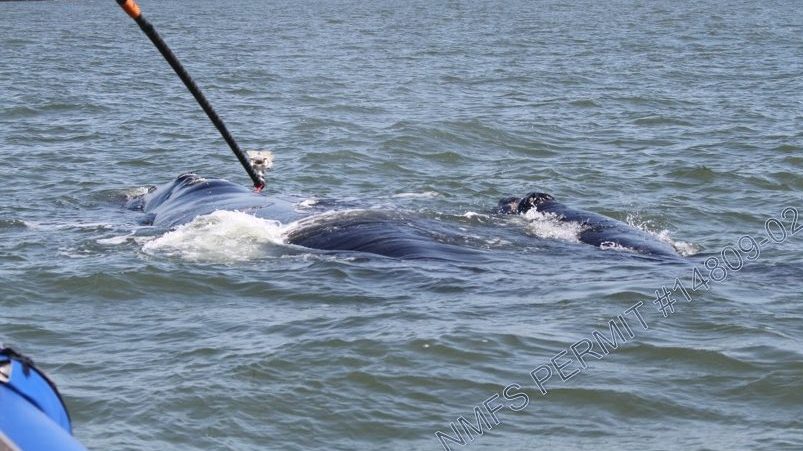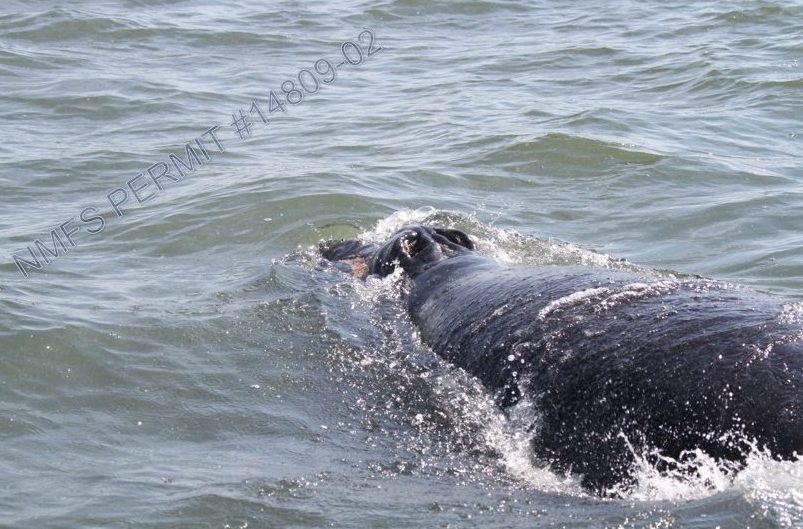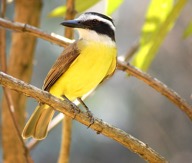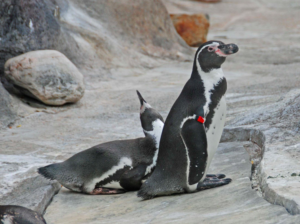By Toni Daino
Though most people see coloring as a stress reliever, or entertainment for children, which we need during the pandemic, I think that it could be used for more. It could be used as a way to inspire kids and adults about different topics. This can include conservation.
Though there is no evidence for this, I do believe that Baba Dioum, a Senegalese forestry engineer, was correct when he said,
“In the end we will conserve only what we love, we will love only what we understand, and we will understand only what we are taught” (Baba Dioum, 1968).
In this quote, education is the root of what we love and what is conserved. This can be seen in the conservation of whales. We learned more about their song and family structure which changed our views on them. Education helping conservation can be seen in apex predators and other species as well.
Though coloring is not reading facts about a certain topic, it can inspire kids to learn more about species they might not know of. This I hope can help get people to get excited about other animals than the charismatic megafauna. Though I would have to say, I did enjoy creating the humpback whale coloring page.
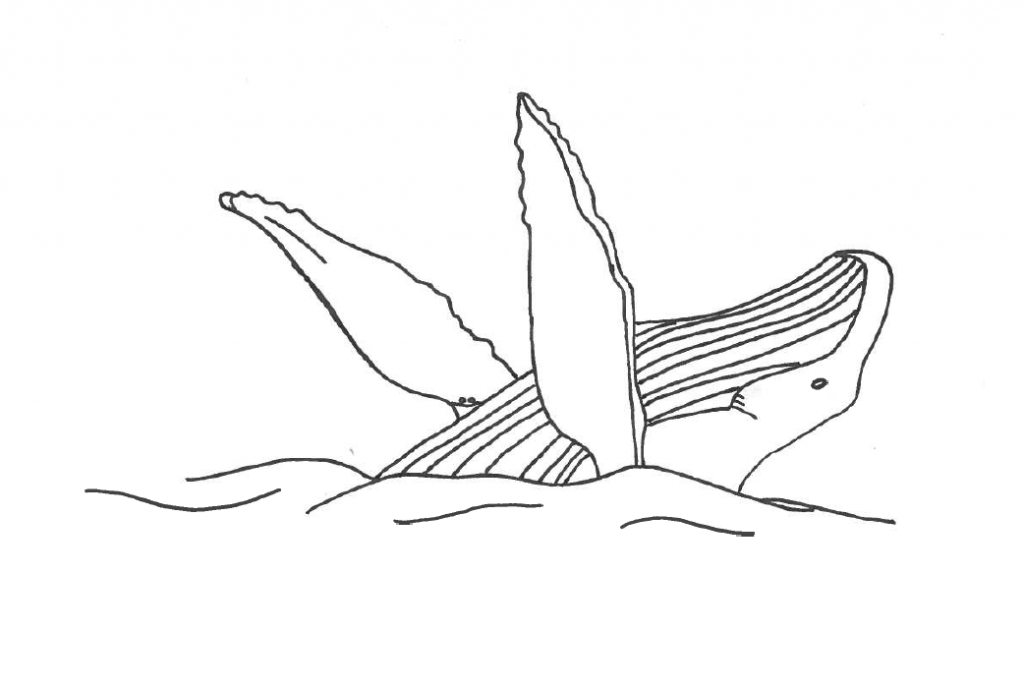
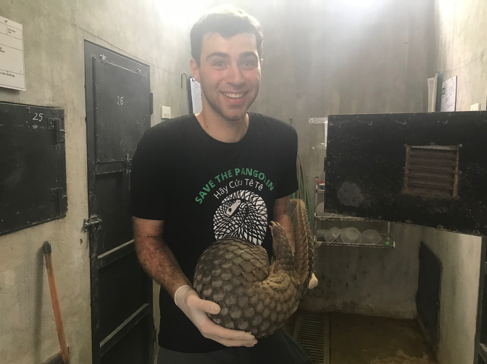
 (From left, Doug Nowacek, Michael Moore, me, and Philip Hamilton)
(From left, Doug Nowacek, Michael Moore, me, and Philip Hamilton)



